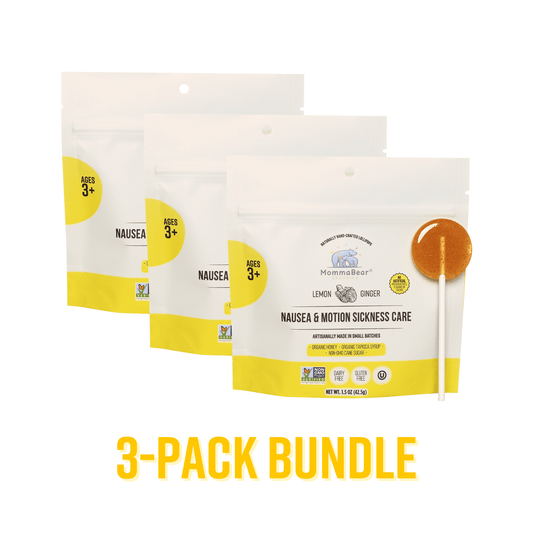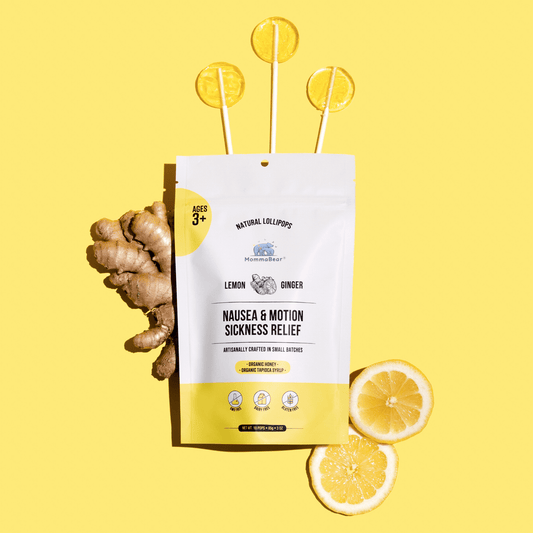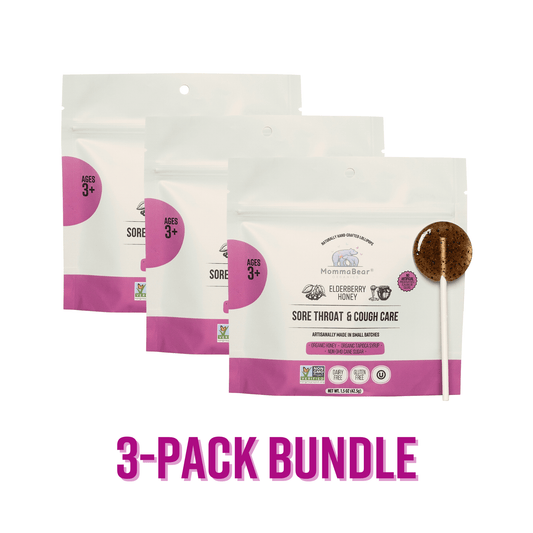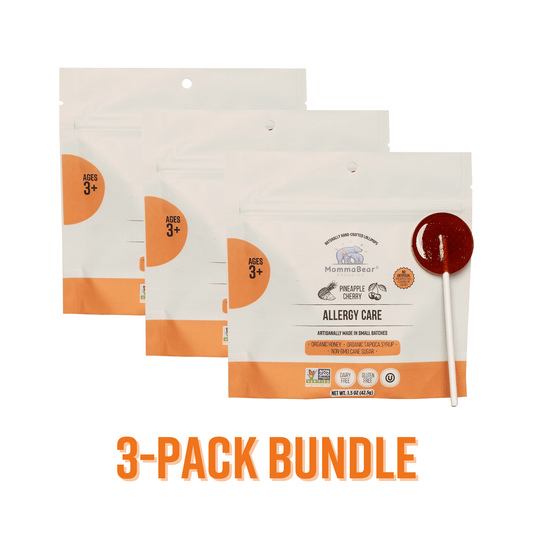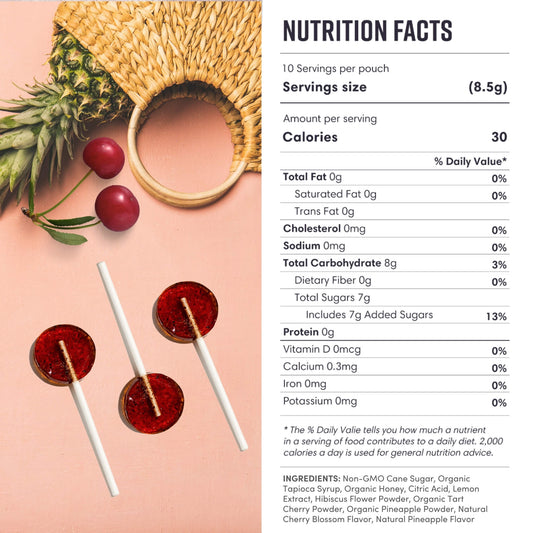Nausea is something many kids deal with, and it can be challenging for both them and their parents. It’s really helpful to understand what might be causing the upset and how to manage it in a safe and effective way. In this article, we’ll take a friendly look at the reasons behind nausea in children, along with some medicines and remedies that can help them feel better. We aim to provide a warm and helpful guide to support their little ones through these uncomfortable moments.
Understanding Nausea in Children
Nausea is an unpleasant sensation often described as a feeling of unease in the stomach, which may lead to vomiting. For children, the experience of nausea can vary widely depending on age, health status, and individual sensitivity. Identifying the root cause can help determine the best course of action.
Common Causes of Nausea in Children
There are numerous potential triggers for nausea in children. These can range from mild, benign conditions to significant medical issues. Understanding these causes can assist parents in addressing the symptoms effectively. Common causes include:
- Infections, such as gastroenteritis
- Motion sickness, especially during car or plane travel
- Food intolerances or allergies
- Overeating or consuming rich, fatty foods
- Stress or anxiety related to school or social situations
Recognizing the specific cause can often guide treatment choices and manage expectations regarding recovery. For instance, if a child experiences nausea due to motion sickness, simple strategies like sitting in the front seat of a car or taking breaks during long journeys can significantly alleviate symptoms. On the other hand, if food allergies are suspected, keeping a food diary may help pinpoint problematic items, allowing parents to make informed dietary choices that promote their child's health and comfort.
Symptoms Associated with Nausea
In addition to the sensation of nausea, children may display a variety of symptoms that can help parents identify their discomfort. Common symptoms include:
- Loss of appetite
- Paleness or sweating
- Abdominal pain
- Frequent burping or sighing
- Fatigue or lethargy
If a child shows severe or prolonged symptoms, it's a good idea to reach out for medical advice to make sure there aren't any serious conditions at play. Parents should also keep an eye out for additional symptoms, like fever or diarrhea, which might suggest a more serious illness. Watching their hydration levels is super important too, as little ones can get dehydrated quickly, especially if they're vomiting. Offering small sips of clear fluids can be a great way to keep them hydrated while helping to settle their stomachs.
Over-the-Counter Nausea Medicines for Children
Managing mild nausea in children can be a little challenging, but over-the-counter (OTC) medications can really help! These medications usually come with fewer side effects than prescription ones and are super easy to find. Just remember, it’s important for parents to select products specifically made for children to ensure their safety and well-being.
Antihistamines for Nausea Relief
Antihistamines, such as diphenhydramine and meclizine, are frequently used to manage nausea, particularly those associated with motion sickness. These medications work by blocking certain signals in the brain that can trigger nausea.
Parents should be cautious when administering antihistamines to children. The proper dosage varies by age and weight, making it vital to follow package instructions or consult with a pediatrician. Side effects may include drowsiness or dry mouth, and parents should monitor their child after administration to gauge how they respond. Additionally, it’s important to note that while some children may experience relief, others might not respond as well to these medications, highlighting the need for individualized care. Engaging children in calming activities, such as reading or listening to soothing music, can also complement the effects of antihistamines and help manage their discomfort.
Bismuth Subsalicylate: Usage and Safety
Bismuth subsalicylate, often sold under the brand name Pepto-Bismol, is another OTC option that can help alleviate nausea and gastrointestinal discomfort. It acts by coating the stomach lining and reducing inflammation.
This medication is not recommended for children under 12 years old without specific medical advice due to possible side effects and the risk of Reye's syndrome. Parents should always read labels carefully and consult with healthcare providers if unsure about the safety of any medication. In addition to its use for nausea, bismuth subsalicylate can also be effective in treating diarrhea and upset stomach, making it a versatile option for various gastrointestinal issues. It’s crucial for parents to maintain a well-stocked medicine cabinet with age-appropriate medications and to educate themselves about the signs and symptoms that may require professional medical attention, ensuring that they are prepared for any situation that arises.
Prescription Nausea Medicines for Children
In some cases, over-the-counter options may not be effective, and healthcare providers may prescribe stronger medications. Understanding these options can empower parents when discussing treatment with a physician.
Antiemetic Medications: What Parents Should Know
Antiemetics are prescription drugs specifically designed to prevent or treat nausea and vomiting. Some commonly prescribed antiemetics for children include ondansetron and granisetron. These medications work by blocking serotonin receptors in the brain and can be particularly effective during chemotherapy or post-surgery recovery.
While these medications can significantly improve a child's comfort, they do come with potential side effects such as headaches, dizziness, or constipation. A healthcare provider will typically adjust doses based on the child's specific needs and medical history. It’s also important for parents to have an open dialogue with their healthcare provider regarding the timing and administration of these medications, especially if the child is experiencing nausea due to a chronic condition or following a surgical procedure. This proactive communication can help ensure that the child receives the most effective and safe treatment possible.
Prokinetic Agents: Benefits and Side Effects
Prokinetic agents, such as metoclopramide, are helpful medications often prescribed to relieve nausea. They work by boosting the movement of the gastrointestinal tract, making it easier for food to move along and helping to lessen those uncomfortable feelings of nausea.
While generally safe when prescribed, prokinetic agents can have side effects, including fatigue, diarrhea, or more serious neurological effects in rare cases. It's crucial for parents to monitor their child closely after administration and report any concerning symptoms to a healthcare provider. Additionally, understanding the underlying cause of nausea can help you choose the right medication. For instance, if nausea is linked to a specific food intolerance or gastrointestinal disorder, addressing that issue may reduce the need for medication altogether. Parents should also be aware that lifestyle modifications, such as dietary changes or hydration strategies, can complement the use of prokinetic agents and contribute to overall well-being.
Natural Remedies for Nausea Relief
Alongside medical treatments, many parents explore natural remedies to alleviate nausea in children. These remedies can enhance comfort and are often perceived as gentler alternatives to pharmaceuticals. Many families find that incorporating these natural options into their routine not only helps with nausea but also promotes overall wellness, making them a popular choice among health-conscious parents.
Ginger and Its Anti-Nausea Properties
Ginger has been cherished for its wonderful anti-nausea properties and is a great alternative remedy for children! You can enjoy it in many delightful forms, like soothing ginger tea, sweet ginger candy, or even refreshing ginger ale—just make sure it includes real ginger. The amazing active compounds in ginger, such as gingerol and shogaol, are thought to help by blocking some signals in the brain that can trigger nausea, making ginger a fantastic ally in managing those pesky symptoms.
Research shows that ginger can be really helpful in easing nausea from motion sickness and chemotherapy. It's always a good idea to chat with a pediatrician about the best way and dosage for kids. For families who love a hands-on experience, inviting children to help prepare delicious ginger-infused drinks or snacks can turn this remedy into a delightful family activity, all while teaching kids about the benefits of natural health solutions.
The Role of Peppermint in Alleviating Nausea
Peppermint, often consumed as tea or through essential oils, is another effective natural remedy. Its soothing properties can help relax the stomach muscles and reduce nausea. Parents can offer peppermint tea or use diluted essential oil for aromatherapy to relieve nausea symptoms. The refreshing scent of peppermint not only helps settle the stomach but can also uplift the mood, making it a dual-purpose remedy.
Just like ginger, it's really important to make sure that peppermint is suitable for your child's age and situation, especially when it comes to essential oils, as they might not be the best choice for infants or young ones. The good news is that peppermint can be blended into all sorts of delicious recipes, like smoothies or yogurt! This not only makes it a tasty treat but also encourages kids to eat something when they might not be feeling their best. Its versatility truly makes peppermint a beloved option for families seeking enjoyable and effective remedies for nausea relief.
Administering Nausea Medicine to Children
Administering medication to children involves considering a few important factors to ensure both safety and effectiveness. It's all about empowering parents with the right knowledge to make this journey smoother and easier.
Correct Dosage and Timing
Administering the correct dosage at appropriate intervals is crucial to the effectiveness of nausea medicines. Parents should read all instructions carefully and consider using a proper measuring device for liquid medications to ensure accuracy. It is also important to be aware of the child's weight and age, as these factors often influence the appropriate dosage. Some medications may have different formulations for various age groups, so always double-check that the right product is being used.
Timing is an important aspect to consider! For example, some medications may be most effective when taken before meals, while others should be given after your child has eaten. It's always a great idea to check in with a healthcare provider for personalized timing recommendations. Plus, keeping a consistent schedule can help your child see taking their medicine as just another part of their daily routine, making it feel less like a chore and more like a normal, easy activity!
Dealing with Medicine Refusal in Children
It is not uncommon for children to refuse medications, leading to frustration for parents. There are several strategies that can be employed to help manage this situation:
- Offer a choice between two medications, if possible, to give the child a sense of control.
- Incorporate the medication into a favorite food or beverage, ensuring it is palatable.
- Use rewards or positive reinforcement to encourage cooperation.
- Educate the child about why the medicine is important, using age-appropriate language.
Seeking the support of a healthcare provider can also provide additional strategies tailored to the specific child, making the process less stressful for both parties. Moreover, creating a calm and reassuring environment during administration can significantly impact the child's willingness to take their medication. Engaging in a distraction, such as reading a story or watching a short video, can help ease anxiety and make the experience more pleasant.
It is essential to monitor the child for any side effects or adverse reactions after administering nausea medicine. Keeping a log of any changes in symptoms can be beneficial for follow-up appointments with healthcare providers. This not only helps in assessing the effectiveness of the medication but also empowers parents with information that can lead to better management of their child's health. Understanding the potential side effects can also prepare parents for any unexpected reactions, allowing them to respond promptly and appropriately.
Conclusion
When it comes to helping children with nausea, it’s so important to recognize the symptoms and explore the treatment options that can make a difference. Parents have a variety of choices available, from common over-the-counter remedies like antihistamines and bismuth subsalicylate to prescription antiemetics. Plus, natural remedies like ginger and peppermint offer gentle relief for those milder cases. A fantastic option to consider is the lollipops from Mama Bear Organics; they can be a delightful alternative! Ultimately, the best approach is a warm blend of knowledge, careful administration, and open communication with healthcare professionals.


